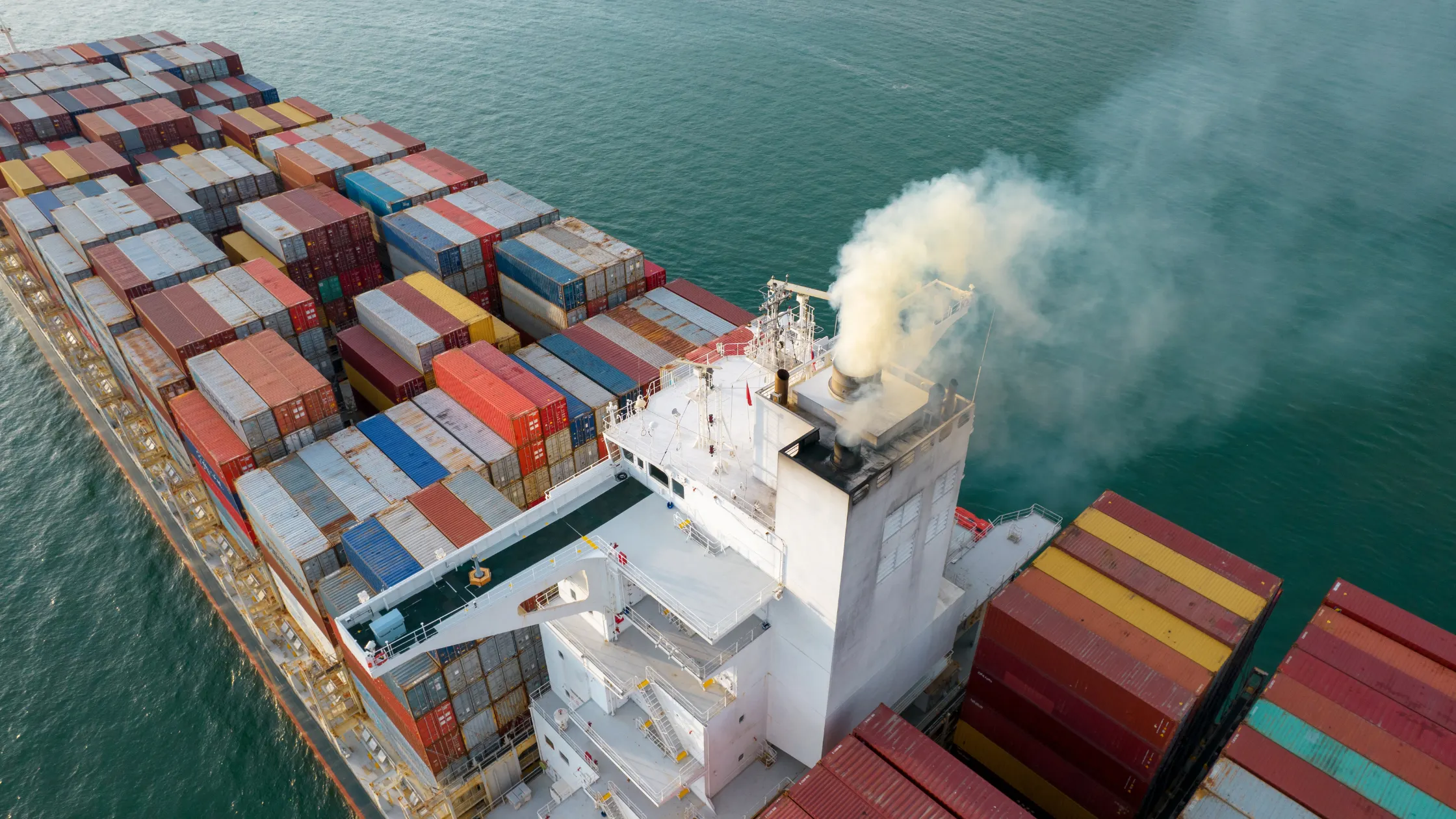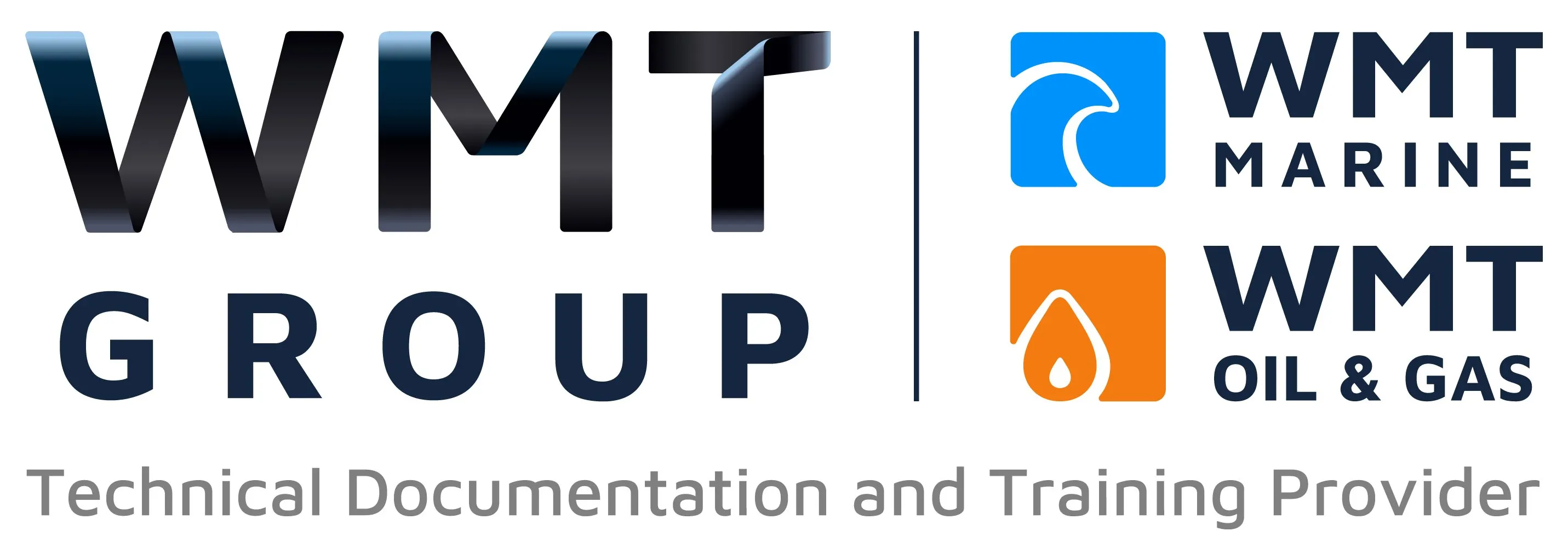Maritime Industry Standards for Technical Documentation: What You Need to Know to Stay Compliant

Technical documentation is the backbone of safe, efficient, and legally compliant operations in the maritime industry. Whether you're involved in shipping, offshore energy, or marine consultancy, adhering to industry standards is non-negotiable.
In this blog, we explore the essential maritime industry standards for technical documentation, why they matter, and how to ensure your organisation meets them.
Why Technical Documentation Matters in Maritime Operations
In high-risk environments like ships, oil rigs, and marine terminals, precise technical documentation is vital for:
✅ Operational Safety – Clear manuals reduce the risk of human error.
✅ Regulatory Compliance – Meeting international standards avoids penalties and legal issues.
✅ Training and Onboarding – Standardised documents accelerate the learning curve for new personnel.
✅ Maintenance and Inspections – Proper documentation supports reliable audits and maintenance routines.
Key Industry Standards for Maritime Technical Documentation
1. IMO (International Maritime Organization) Standards
The IMO sets global regulations through conventions like SOLAS (Safety of Life at Sea), MARPOL, and ISM Code. Technical documents must align with these frameworks to ensure vessel safety and environmental protection.
2. ISO Standards
Standards such as:
- ISO 9001 (Quality Management Systems)
- ISO 14001 (Environmental Management Systems)
- ISO 45001 (Occupational Health & Safety)
…are often required by clients, flag states, and classification societies to ensure consistent documentation quality.
3. IACS (International Association of Classification Societies) Requirements
Many maritime projects must follow documentation standards set by classification societies like Lloyd’s Register, DNV, or Bureau Veritas. These include:
- Equipment manuals
- As-built documentation
- Technical drawings and schematics
4. OCIMF Guidelines
For offshore operators and tanker companies, the Oil Companies International Marine Forum provides essential documentation guidelines, especially for terminal audits and risk assessments.
5. Flag State and Port State Regulations
Each country’s maritime authority may impose additional documentation requirements based on its laws. Keeping up with these is crucial, especially for international operators.
Best Practices for Compliance
📌 Use Structured Templates – Standardise all manuals using pre-approved formats.
📌 Keep Documentation Up to Date – Update manuals after every equipment upgrade or regulation change.
📌 Incorporate Visual Aids – Diagrams, flowcharts, and checklists improve usability.
📌 Digital Documentation Systems – Cloud-based systems ensure easier access, version control, and remote audits.
📌 Engage Expert Technical Writers – Professionals familiar with maritime operations ensure clarity and compliance.
Common Pitfalls to Avoid
❌ Using outdated regulatory references
❌ Copy-pasting manufacturer documentation without context
❌ Lack of version control or review processes
❌ Poor translation or localisation for international crews
Final Thoughts
Meeting maritime industry standards for technical documentation is essential—not just to satisfy regulators but to ensure operational excellence and safety at sea. Whether you're writing operation manuals, safety procedures, or equipment documentation, aligning with IMO, ISO, IACS, and other frameworks is critical.
Need expert help with your documentation?
WMT Marine Ltd specialises in producing fully compliant, industry-standard technical manuals for maritime and offshore environments.
📞 Call us on +44 (0) 1244 287 850 or visit www.wmtmarine.com to learn more about our professional documentation services.
